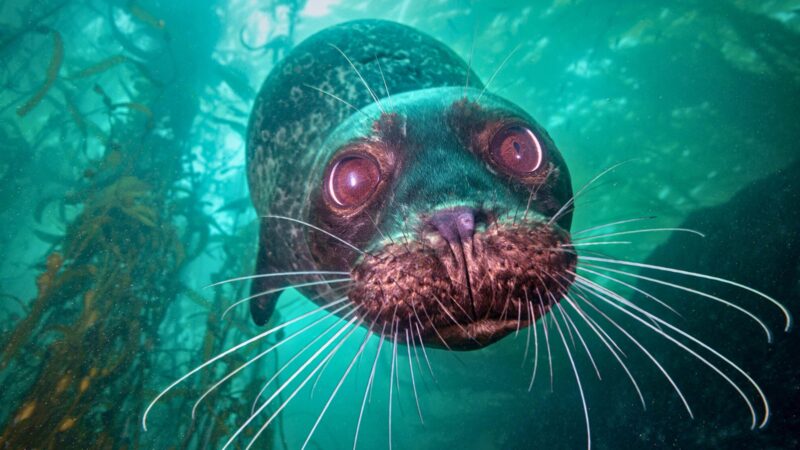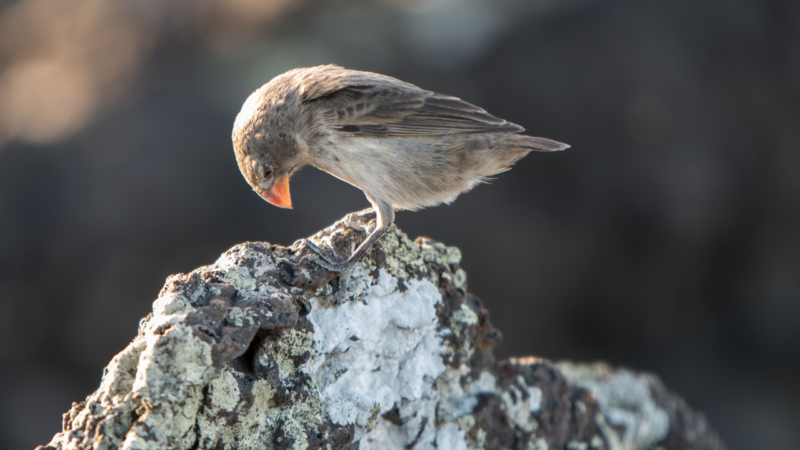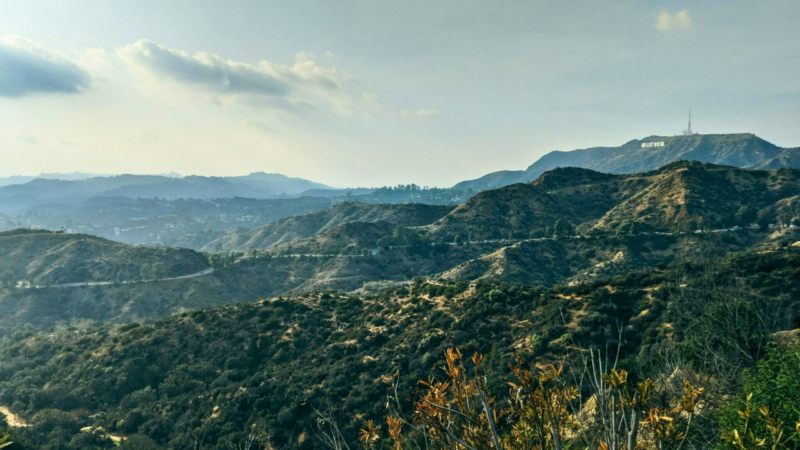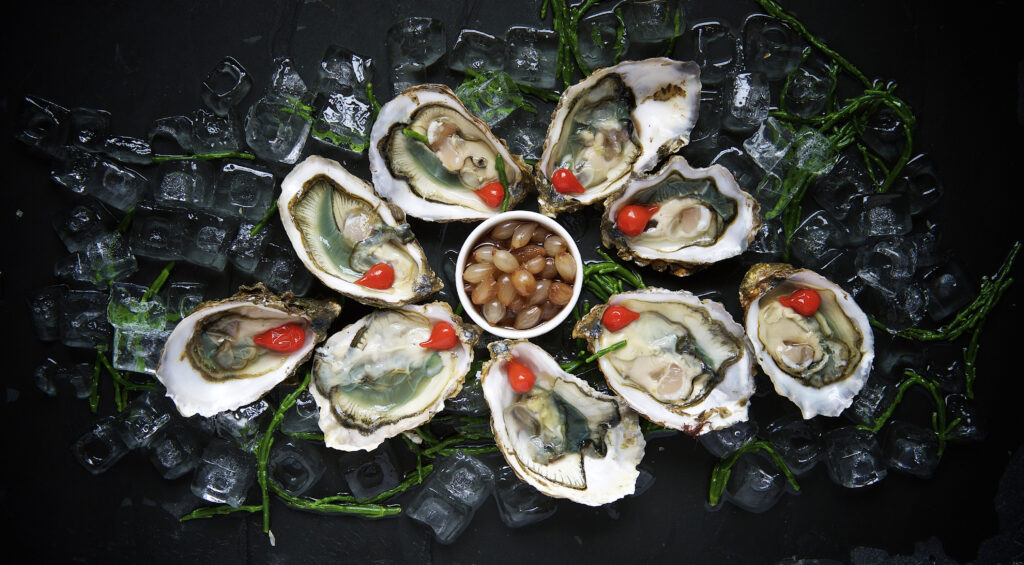
Oysters as Catch of the Day? Perhaps not, if ocean acidity keeps rising
UCLA research explores how shell-forming marine species respond to acidification
When it comes to carbon emissions, people tend to focus more on what happens in the atmosphere and on land. But about a quarter of carbon emissions dissolve into oceans, lowering the water’s pH and causing ocean acidification.
That could affect what kind of seafood is on the menu in coming years. Species such as oysters and clams appear to be vulnerable to the change while others, including lobsters and crabs, are more resilient.
Robert Eagle, a UCLA expert on climate change and oceans, has explored the complex ways acidification affects marine life. Perhaps the biggest concern is that acidification interferes with the ability of organisms such as corals to form shells and skeletons — but it doesn’t affect all shell-forming organisms in the same way. Some are unaffected or actually grow faster in more acidic waters, previous research showed. But why?
“These are complex and diverse biological organisms. Some of them are resilient or adapt in some way,” Eagle said.
Species’ ability to regulate internal pH may be a driving force, Eagle hypothesized in his latest paper, which is published in Science Advances. The research used materials from a previous experiment that set up tanks with various acidity levels to raise a range of organisms, including crabs, corals, oysters, urchins and shrimp. The tanks had various CO2 levels (which coincide with acidity) ranging from 400 to 2,850 parts per million — that is, from approximate current levels to an extreme but possible level within the next 100 years. Eagle analyzed the chemical composition of their shells using an isotope of boron that tracks with pH.
In some organisms, the hypothesis held up well. The ability of organisms to buffer internal pH closely reflected how they grew in response to changes in external pH. Species such as urchins and coral were able to regulate internal pH well and were not adversely affected except at the highest acidification levels. Others, including lobsters and blue crabs, were not only able to regulate pH, but also grew shells faster and larger when more CO2 was present.
However, some species, including commercially important oysters and other mollusks, fared poorly and had a hard time forming robust shells in acidic waters regardless of internal pH regulation. This could prove problematic for many eateries, raw bars and cocktail lounges that have these items on their menus.
The West Coast shellfish industry is worth an estimated $270 million a year and employs more than 3,000 people.
“Oysters are really important economically to fisheries on the West Coast,” Eagle said. “They seem particularly susceptible to ocean acidification, so everyone is very worried about the future of the industry.”
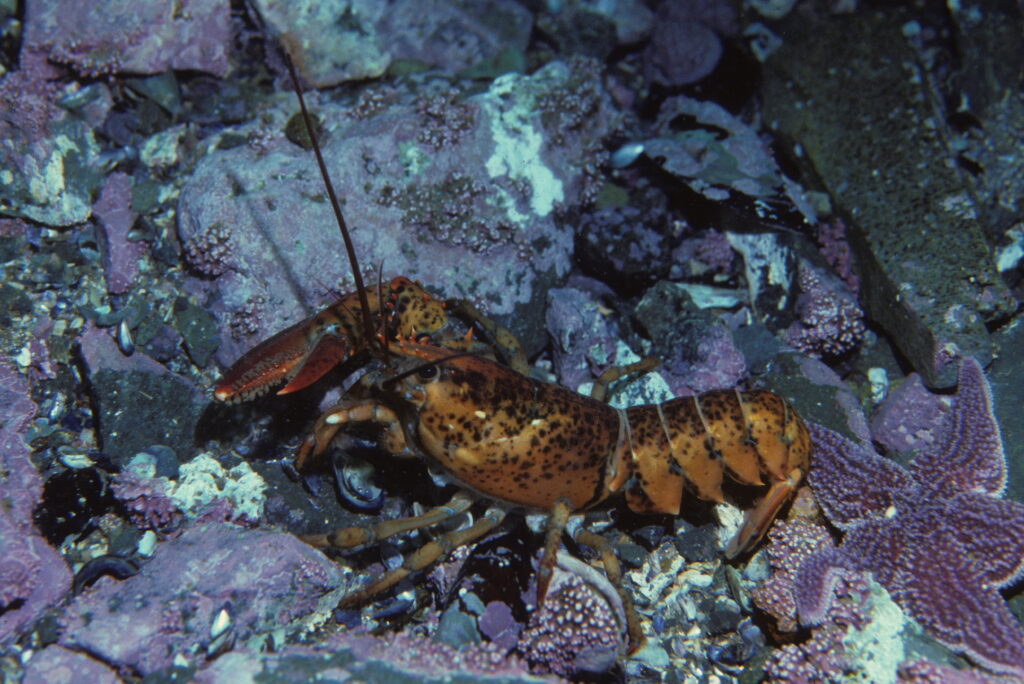
One positive takeaway was that many organisms appeared to be resilient or able to adapt to acidification, unless it gets too high or happens too fast, Eagle said.
But losing even a few species — or one species becoming too dominant — can have catastrophic effects on marine ecosystems. The purple sea urchin takeover of coastal waters along California, Oregon and Washington provides a good example.
“You had kelp forests that supported sea otters, fish and diverse marine invertebrates,” Eagle said. “Kelp is a keystone species associated with well-balanced ecosystems.” Urchin populations eat away at the roots of the kelp, decimating the forests.
Acidification is only one part of the story, of course. Corals were found to be relatively resilient to acidification, but hotter waters due to climate change cause bleaching events and the eventual death of reefs. And it is difficult to project how controlled experiments will play out in large populations where there are many other factors at play.
Still, the research could help fisheries, governments and conservation organizations target specific species as they grapple with the effects of ocean acidification.
Yi-Wei Liu, lead author of the paper and researcher with Academica Sinica in Taiwan, said greater attention is being paid to ocean acidification — but there is much more to learn and the stakes are high.
“This paper makes our understanding of how things could happen one step clearer,” Liu said. “We know food webs are linked together. We saw effects across different levels of the food chain. If it crashes, the outcome could be really severe.”
Top image: Commercially important oysters are vulnerable to ocean acidification. | Photo via Creative Commons.
Published:
